Preface
What Is the Wolfram Language?
Practicalities of Using the Wolfram Language
Other Resources
1: Starting Out: Elementary Arithmetic
2: Introducing Functions
3: First Look at Lists
4: Displaying Lists
5: Operations on Lists
6: Making Tables
7: Colors and Styles
8: Basic Graphics Objects
9: Interactive Manipulation
10: Images
11: Strings and Text
12: Sound
13: Arrays, or Lists of Lists
14: Coordinates and Graphics
15: The Scope of the Wolfram Language
16: Real-World Data
17: Units
18: Geocomputation
19: Dates and Times
20: Options
21: Graphs and Networks
22: Machine Learning
23: More about Numbers
24: More Forms of Visualization
25: Ways to Apply Functions
26: Pure Anonymous Functions
27: Applying Functions Repeatedly
28: Tests and Conditionals
29: More about Pure Functions
30: Rearranging LIsts
31: Parts of Lists
32: Patterns
33: Expressions and Their Structure
34: Associations
35: Natural Language Understanding
36: Creating Websites and Apps
37: Layout and Display
38: Assigning Names to Things
39: Immediate and Delayed Values
40: Defining Your Own Functions
41: More about Patterns
42: String Patters and Templates
43: Storing Things
44: importing and Exporting
45: Datasets
46: Writing Good Code
47: Debugging Your Code
What We Haven't Discussed
Afterword: Being a Programmer
Answers to Exercises
index
空白页面
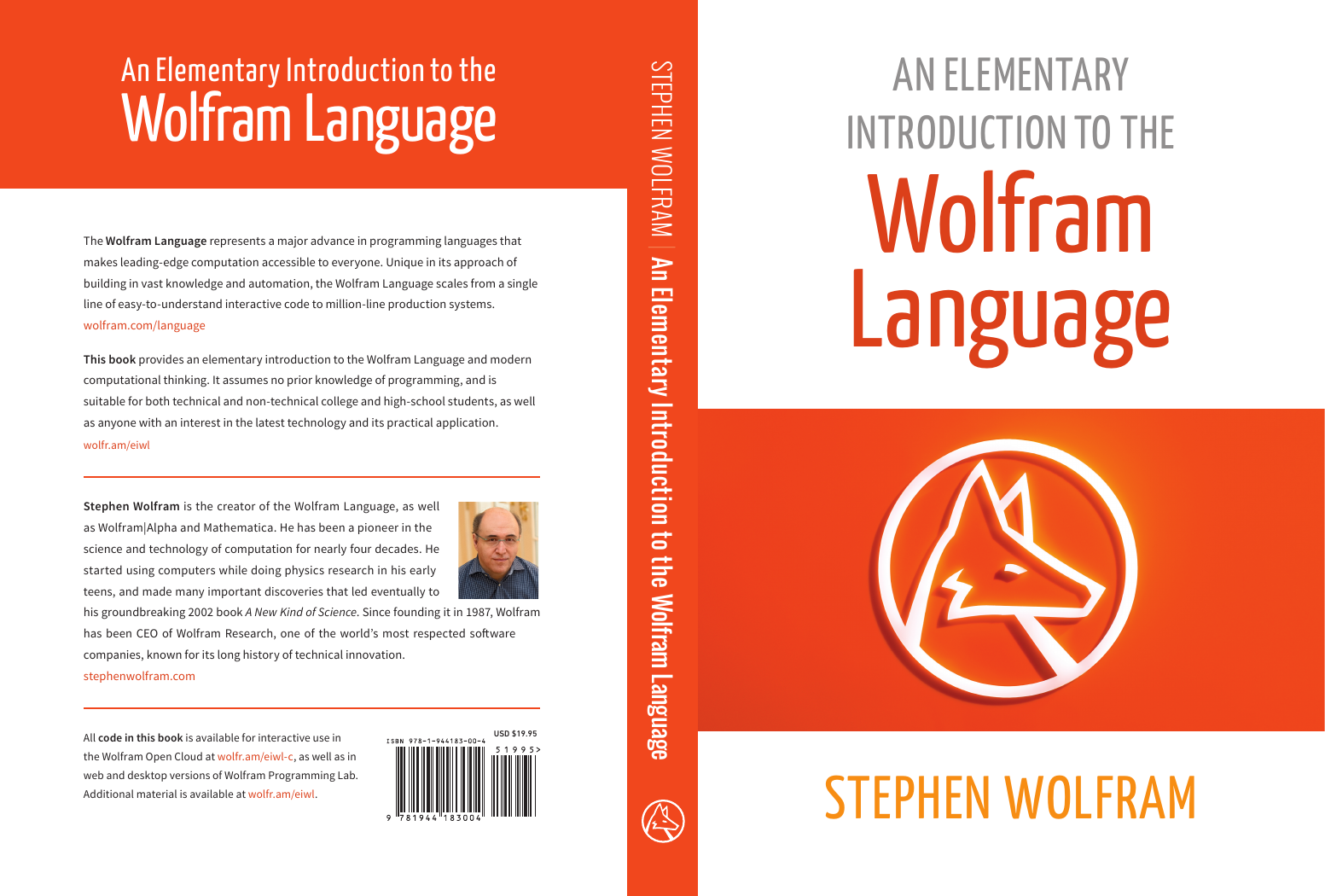

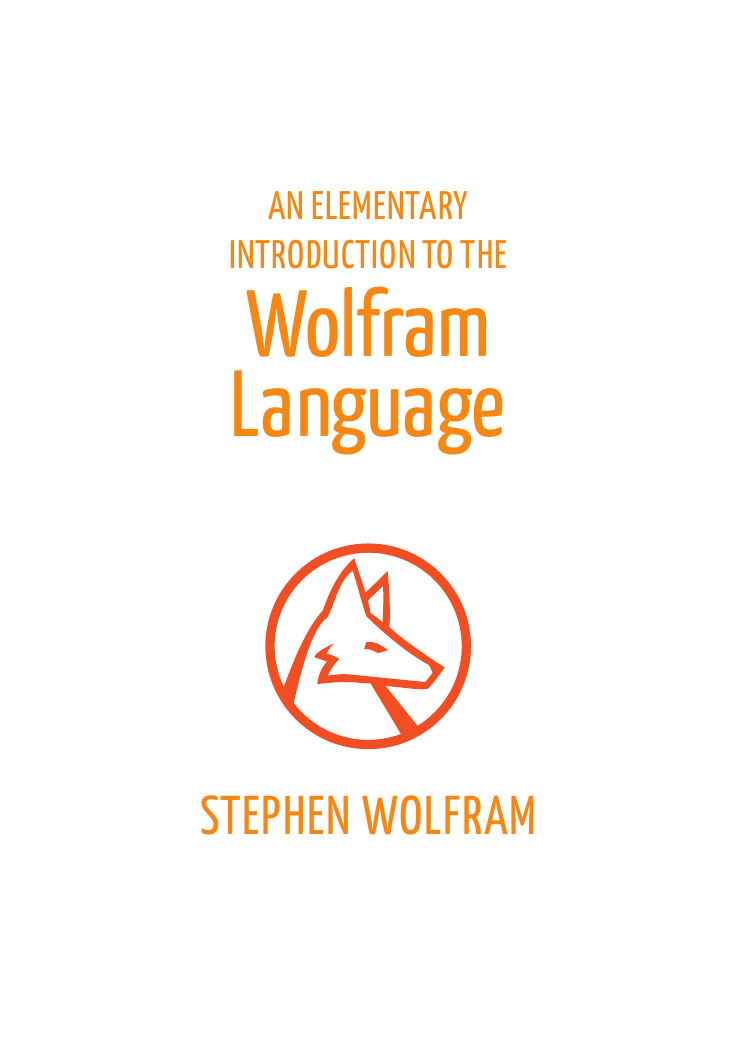
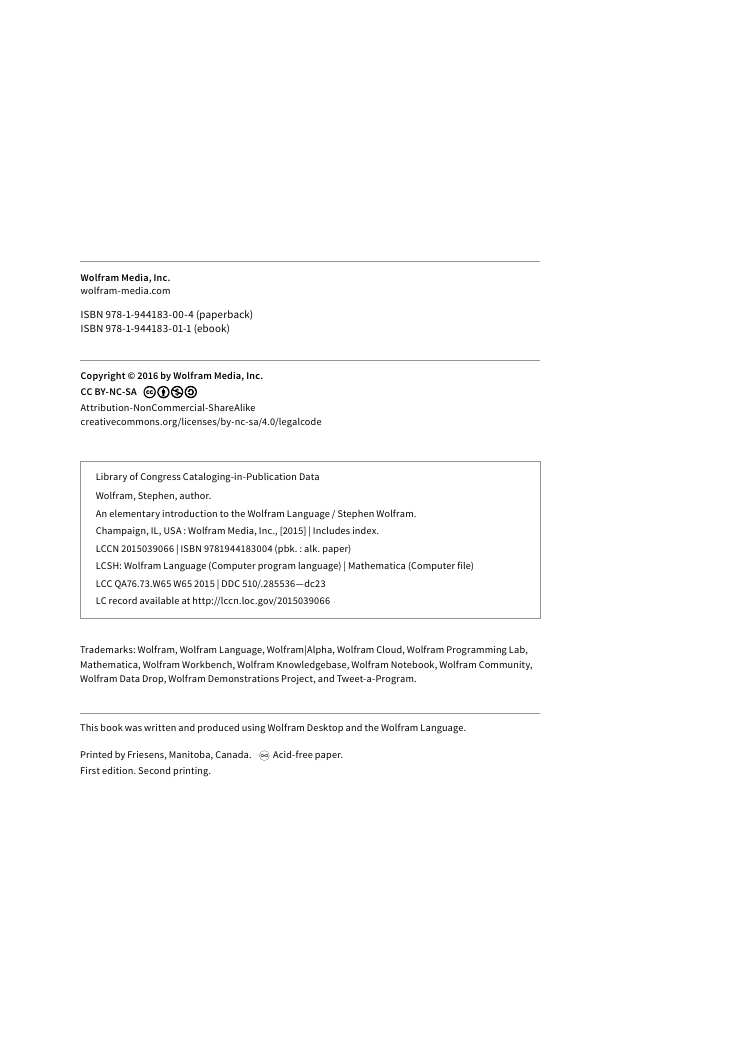
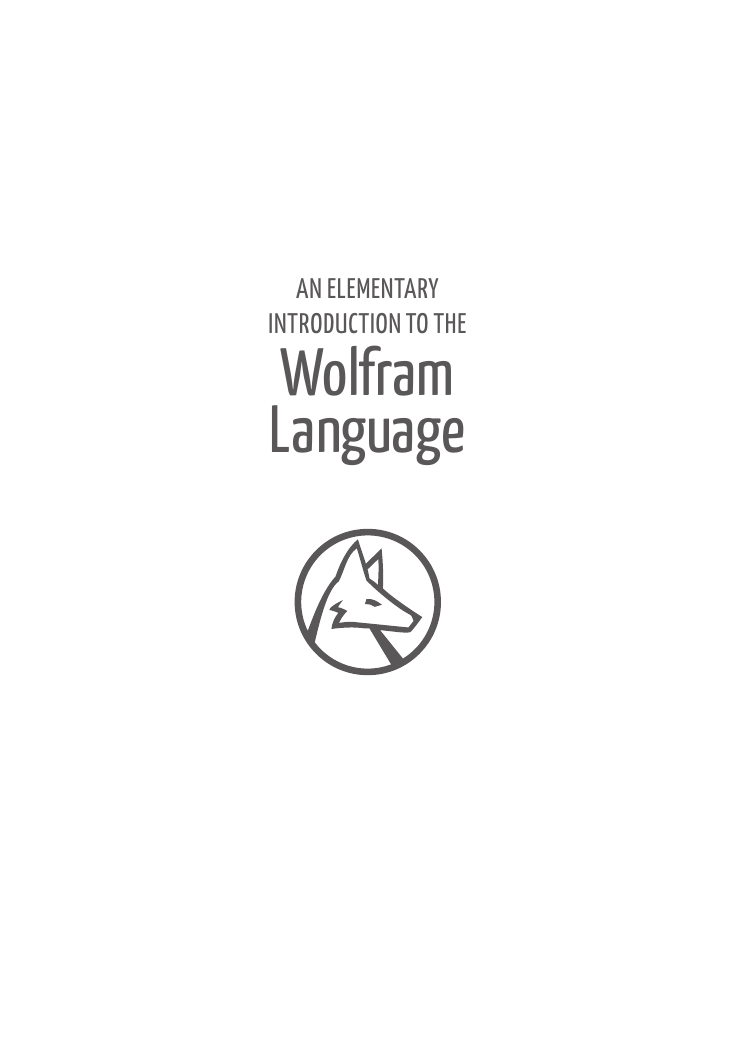

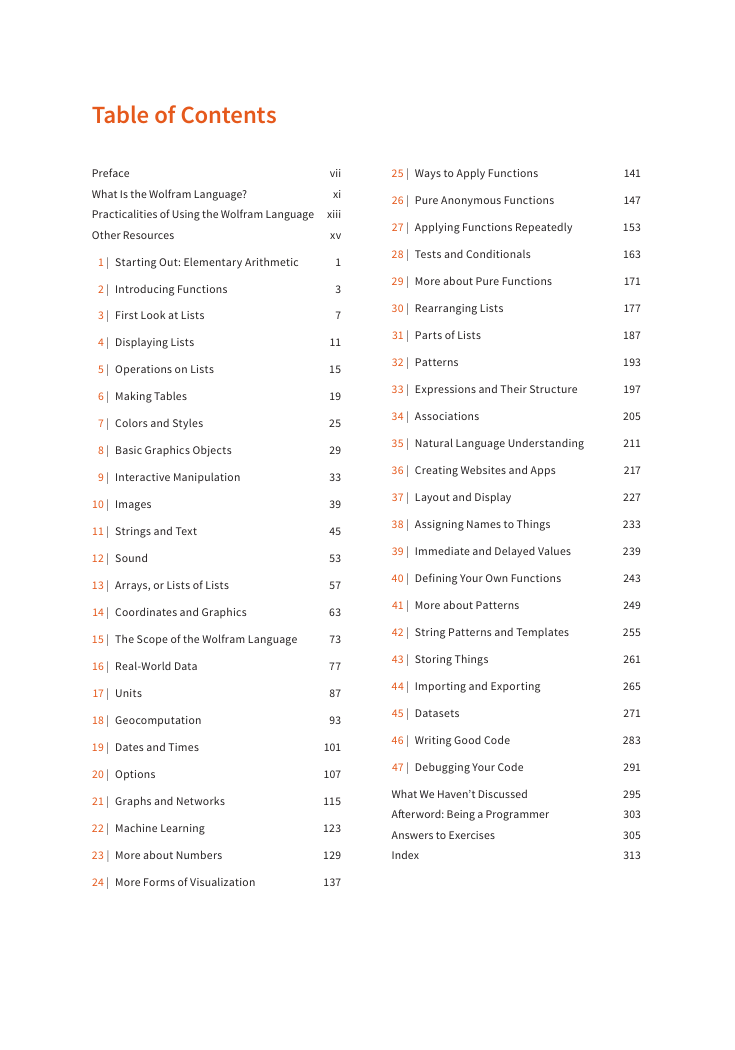









 2023年江西萍乡中考道德与法治真题及答案.doc
2023年江西萍乡中考道德与法治真题及答案.doc 2012年重庆南川中考生物真题及答案.doc
2012年重庆南川中考生物真题及答案.doc 2013年江西师范大学地理学综合及文艺理论基础考研真题.doc
2013年江西师范大学地理学综合及文艺理论基础考研真题.doc 2020年四川甘孜小升初语文真题及答案I卷.doc
2020年四川甘孜小升初语文真题及答案I卷.doc 2020年注册岩土工程师专业基础考试真题及答案.doc
2020年注册岩土工程师专业基础考试真题及答案.doc 2023-2024学年福建省厦门市九年级上学期数学月考试题及答案.doc
2023-2024学年福建省厦门市九年级上学期数学月考试题及答案.doc 2021-2022学年辽宁省沈阳市大东区九年级上学期语文期末试题及答案.doc
2021-2022学年辽宁省沈阳市大东区九年级上学期语文期末试题及答案.doc 2022-2023学年北京东城区初三第一学期物理期末试卷及答案.doc
2022-2023学年北京东城区初三第一学期物理期末试卷及答案.doc 2018上半年江西教师资格初中地理学科知识与教学能力真题及答案.doc
2018上半年江西教师资格初中地理学科知识与教学能力真题及答案.doc 2012年河北国家公务员申论考试真题及答案-省级.doc
2012年河北国家公务员申论考试真题及答案-省级.doc 2020-2021学年江苏省扬州市江都区邵樊片九年级上学期数学第一次质量检测试题及答案.doc
2020-2021学年江苏省扬州市江都区邵樊片九年级上学期数学第一次质量检测试题及答案.doc 2022下半年黑龙江教师资格证中学综合素质真题及答案.doc
2022下半年黑龙江教师资格证中学综合素质真题及答案.doc